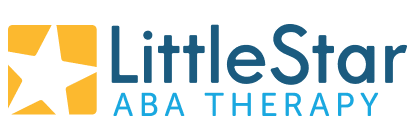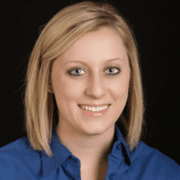ABAI conference provides latest autism information for Little Star Center – Indiana ABA therapy facility
By Tim Courtney, senior clinical director
In keeping with its mission to provide the most effective interventions for learners, Little Star Center, an Indiana ABA therapy facility, is reviewing strategies learned recently at the annual Association for Behavior Analysis International autism conference in Las Vegas. Little Star sent three members of its staff to the conference, which focused specifically on the most current science-based approaches in assessment and treatment of autism.
More than 700 attended the January event, featuring prominent experts in autism:
Dr. Linda LeBlanc focused on procedures to teach individuals with autism to attend to both visual and auditory information when making discriminations. Individuals with autism often rely too heavily on one or the other. Dr. Leblanc provided several suggestions for strategies that we are reviewing as part of a teaching procedure review committee.
Dr. Gregory Hanley presented on an intervention to strongly consider when conducting assessments to determine why someone is engaging in problem behavior. He recommended that behavior analysts should not rely too heavily on just interview and similar assessment tools. Little Star will review the assessment procedure Dr. Hanley recommended and will make relevant modifications to our current behavioral assessment procedures.
Dr. Wayne Fisher discussed the new CPT codes. Dr. Fisher was an ad-hoc consultant for the committee that developed CPT codes. As a result of this discussion, a group of providers met after the first day of the workshop to discuss current challenges with implementing the codes. During the meeting it was decided to continue meeting as a small group to solicit information from other behavior analysts and develop tools to assist practitioners in implementing the codes. The group is currently working on a Wiki and procedures for surveying practitioners currently implementing the codes.



 By Angela Vargas, M.S., BCBA
By Angela Vargas, M.S., BCBA